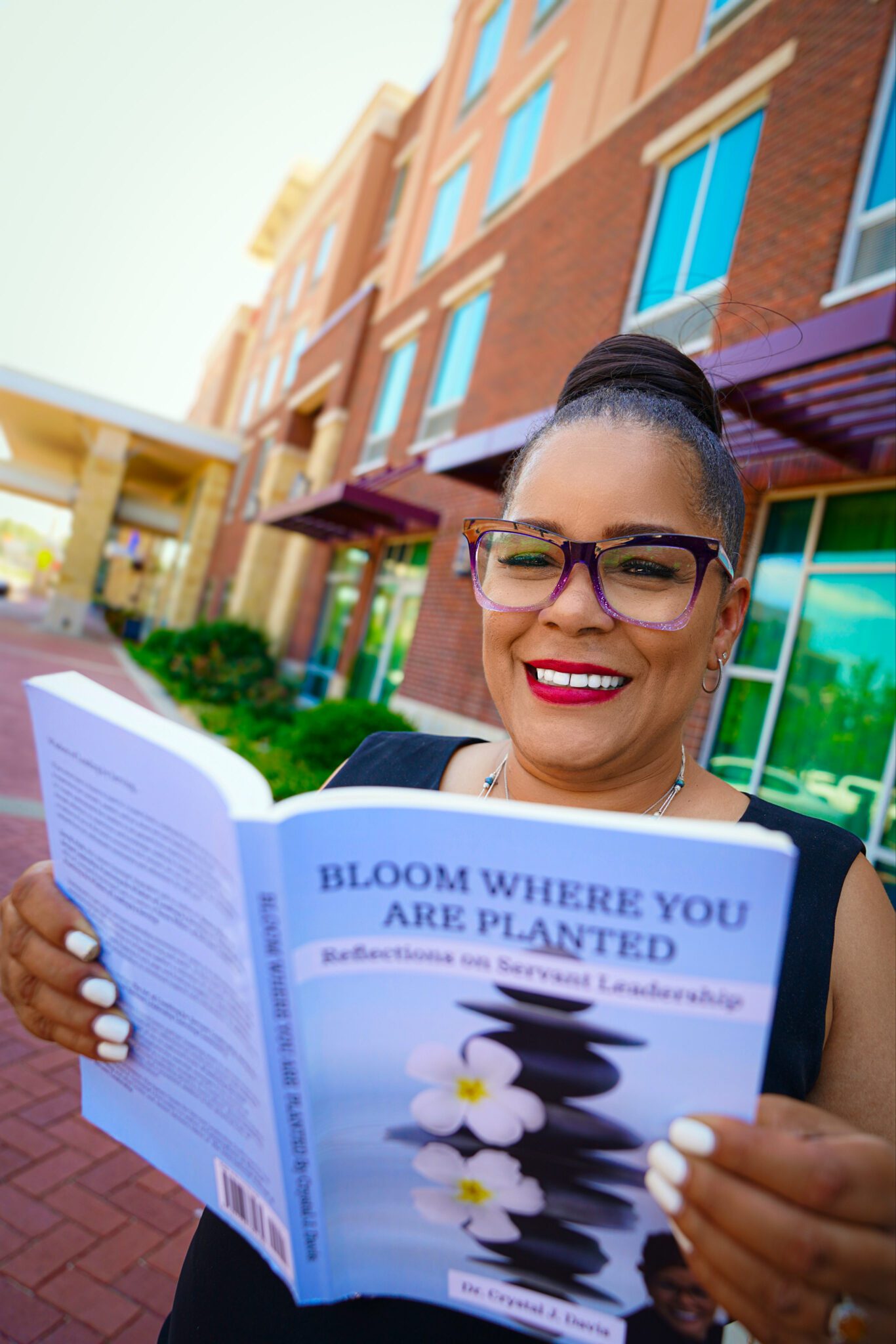
“You cannot buy engagement, and you will pay for disengagement.”
Adele du Rand, Professional speaker
Servant-Leadership and Philanthropic Institutions by John C. Burkhardt and Larry C. Spears represent chapter five of the book we are using as a guide, Practicing Servant-Leadership: Succeeding Through Trust, Bravery, and Forgiveness by Larry C. Spears and Michelle Lawrence.
In this chapter, Burkhardt and Spears discuss the ever growing and evolving field of philanthropy including the ever changing society in which these institutions seek to serve. Robert Greenleaf had some ideas about the roles of service and leadership within philanthropic institutions and he believed, as I do, that service and leadership and interdependent, symbiotic and connected.
They mention the characteristics of servant leadership; Listening, empathy, healing, persuasion, awareness, foresight, conceptualization, commitment to the growth of the people, stewardship, and building community with regard to and in alignment with philanthropic institutions. Here is a re-cap of each.
Listening
Philanthropic institutions must show the way forward and listen not only to themselves but to listen, and even amplify the voices of those they serve that go unheard.
Empathy
Foundations and other grants-making organizations must be ever careful that within their role of judging grant proposals (most times way more than they can fund) that they don’t lose sight of the people who have a need and to maintain this empathetic connection between the people who have the influence and the people who are being served.
Healing
Healing in this context refers to the healing of one’s self first. Greenleaf challenged us to heal internally from the isms in the world (racism, sexism, etc.) and to provide access to opportunity, promote and engage in peace, and to build community. He said these efforts cannot happen if we have not addressed them both internally and externally. Indeed, philanthropic institutions have the responsibility in the ongoing press of reconciliation.
Persuasion
Foundations must rely on leadership that works by influencing people through moral power and not through coercion and positional authority.
Awareness
Philanthropic institutions must rely more on the awareness of perception to a greater level than ever before. Greenleaf spoke about the leaders as the seeker and in the grants-making world, awareness is a more evolved way to work (and judge grant proposal) rather than to just rely on objectivity, detachment, and expert knowledge. Awareness is at the next level of consciousness than these.
Foresight
For philanthropic institutions, foresight is the most important servant leadership characteristic to possess for just as the original donor employed foresight in leaving an endowment and/or money for the future of service, the institution must commit to resources now, not thinking about the present day but using foresight considering the future of its work and service.
Conceptualization
Conceptualization is about grant-making institutions making meaning of its work and service to society. In this context vision and conceptualization are seen as a process in which the leaders and followers arrive at the decision together. Conceptualization should be seen as the way for the institution and not merely a skill of the leader.
Commitment to the Growth of the People
As philanthropic institutions shift their consciousness from seeing its philanthropic investments as commitments to the people, rather than the problem, they will perceive their work in a different way, a new conceptualization. And Greenleaf called this new way of seeing it as a “high calling.”
Stewardship
The role of philanthropies is to, as Peter Block said, “hold something in trust for another.” What this means is that wealthy individuals gave their wealth to trusted organizations to act responsibly in serving and healing the world. Stewardship must directly impact the decisions that institutions make as stewards of endowments. In other words, keep the original vision of the endowment while operating in today’s context of need, all for the people.
Building Community
Philanthropic institutions must work together in purpose and as clear vehicles of internal cohesion if they are to be of service. Greenleaf says it plainly, “Am I connected?” Modern philanthropic institutions must live and work in a holistic and integrated way so that that remain, “On the growing edge of the contemporary phase of history but still connected to the main body of people and events. This is what community building is all about, staying connected to the people.
At the end of the day, philanthropic institutions and organizations have the greatest challenge as they serve and heal the world. Their challenge is to set the intention (create a vision) for their communities that go far beyond their approach, creating access for people, and contact. It’s all about engagement. Burkhardt and Spears put it this way, “The sense of community envisioned by Greenleaf does not tolerate much self-interest, nor does it provide much in the way of shelter from real relationships, with real people in real situations.
To Engagement,
Dr. Crystal








